Five years ago, motivated by his passion for mid-century modern architecture and design, James Lie started collecting art and design for his freshly renovated apartment. Soon he was hooked, and he embarked on the quest of discovering and collecting works of contemporary art and design at art fairs and galleries around the world, which includes both established and emerging artists and designers. A strong believer in living with art and design, Lee Bul, Sterling Ruby and India Madhavi are among some of the major names in his art and design collection.
LARRY’S LIST spoke to James Lie, who revealed that he is drawn to avant-garde artistic practice; the artworks that would make him write a cheque without any consideration; why he loves destination art fairs, such as NOMAD; and the art-world pet peeves according to him.
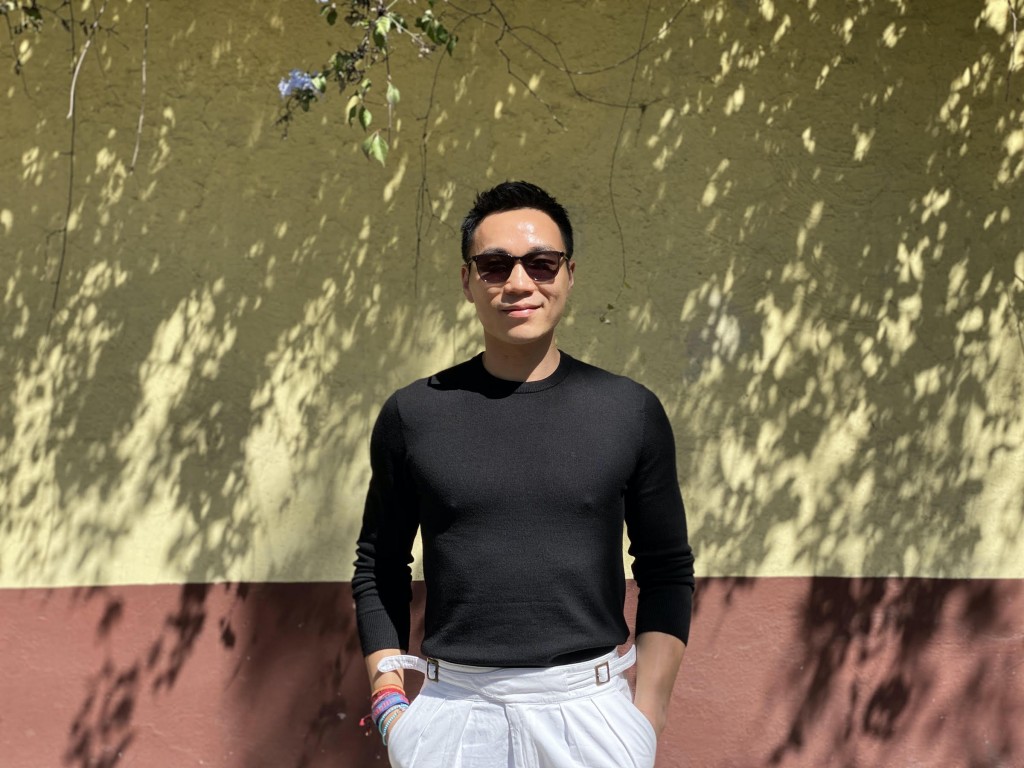
What made you want to start collecting contemporary art and collectible design? What is the main motivation behind your collecting and the main inspiration for starting it?
I have always been interested in mid-century modern architecture and design, but I did not consider collecting until 2017 when I was renovating my own home. In my case, I did not have the grand vision of creating a collection. I initially did it more as a hobby, but it has since developed into a passion.
What is your focus regarding the artists in your collection? Are you more interested in emerging or renowned artists?
Driven by context. When I first started, I was struggling to come up with a focus, but after a few years, I thought to myself I should take it easy on defining myself. In my collection, I have both established artists and emerging artists whose practice I deem avant-garde.
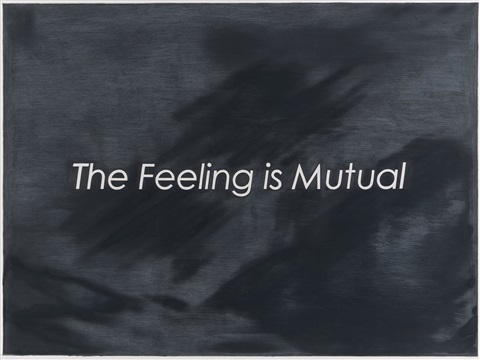
What was the first artwork you purchased?
Mathew Cerletty, “The Feeling is Mutual”.
How many artworks do you own?
I’m good with numbers but bad at maths.
Where do you display your collection?
At home.
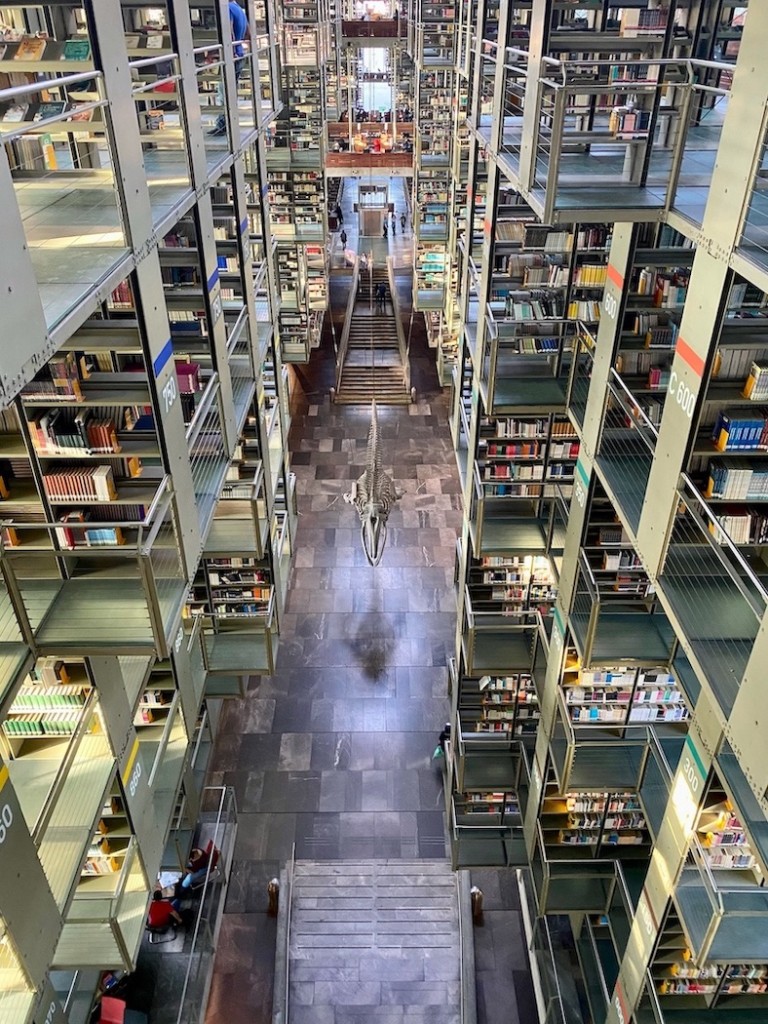
Have you ever presented your art collection publicly?
Yes. During Art Basel Hong Kong last year, I was asked to host an informal group organized by the fair.
Is there any kind of artwork that can make you write a cheque without any consideration?
A Natsuyuki Nakanishi Compact Object from 1962, and a Robert Gober butter stick!
What is your most treasured artwork?
Every work is equally treasured. Some I’ve had to be immensely patient to get, on the waitlist, while others remind me of a particular experience. For example, I was at the jaw-dropping Maria Lassnig “Ways of Being” show at the Albertina in 2019, and soon after, I purchased her work “Zehenzähne”, which will forever remind me of the show.
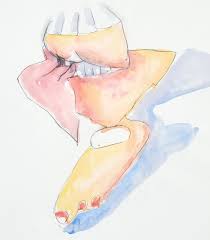
What is your biggest regret regarding collecting?
At the beginning, it is easy to fall into the trap of assembling a cookie-cutter collection according to fad, fashion, peer pressure, or the market, and I have to confess I was occasionally too easily persuaded to reach a decision on a purchase without much consideration.
How important is it for you to meet the artists who created the artwork?
Not essential. After all, you’re dating the work not the artist.
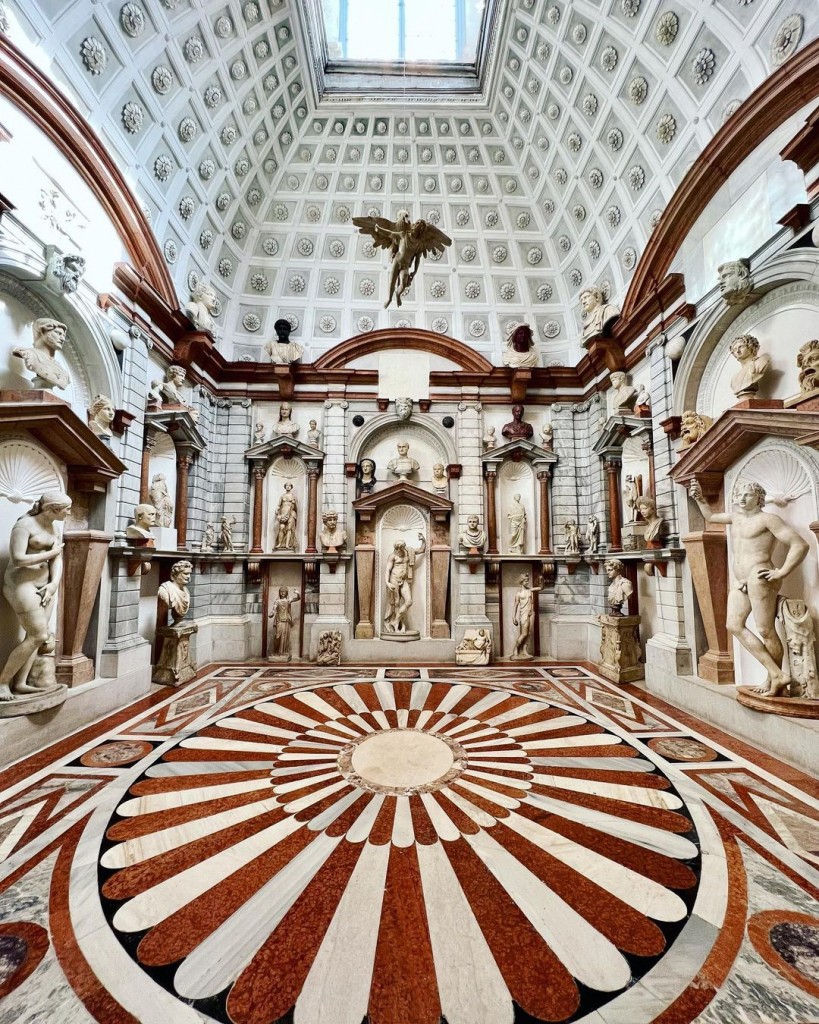
Do you rely on art advisors or how do you make your decisions concerning purchases?
With secondary purchases I generally ask for advice. In the process, I am able to make a better decision through dialogue with an advisor’s experience and perspective.
How do you use Instagram in your collecting activities?
To do research on emerging artist through the tags, or just take a random journey down the rabbit hole.
What is your advice to young and fresh collectors?
Be adventurous and do your research.
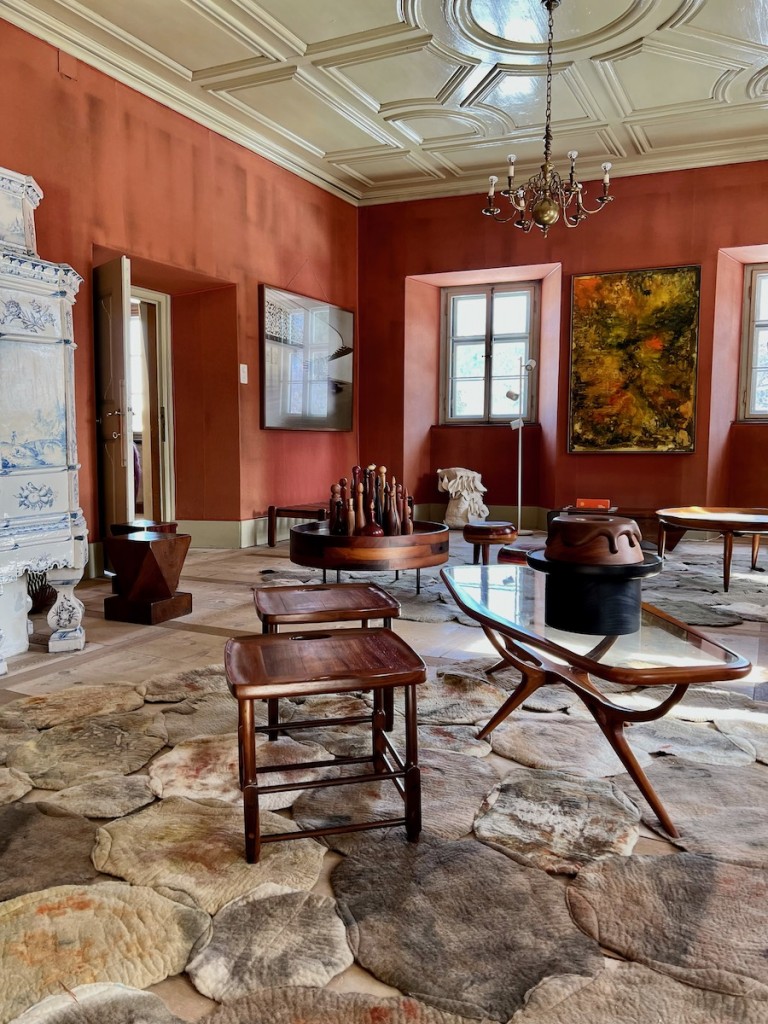
The art world
What was your happiest moment being involved in art?
Destination art fairs like Zona Maco and NOMAD, which fuelled my senses and exceeded my best expectations.
What are your art-world pet peeves?
Elitism, grandstanding, and bitter tea / coffee.
Who inspires you in the art world?
My friend Christopher Oram. He is not only knowledgeable, but also has an interesting, non-conforming taste that does not follow the market.
How do you engage with the art world digitally?
I am more of a receiver. I love seeing people’s Instagram stories when I miss a fair.
Who are three emerging artists that should be on our radar?
Guglielmo Castelli, Yu Nishimura, and Ser Serpas.
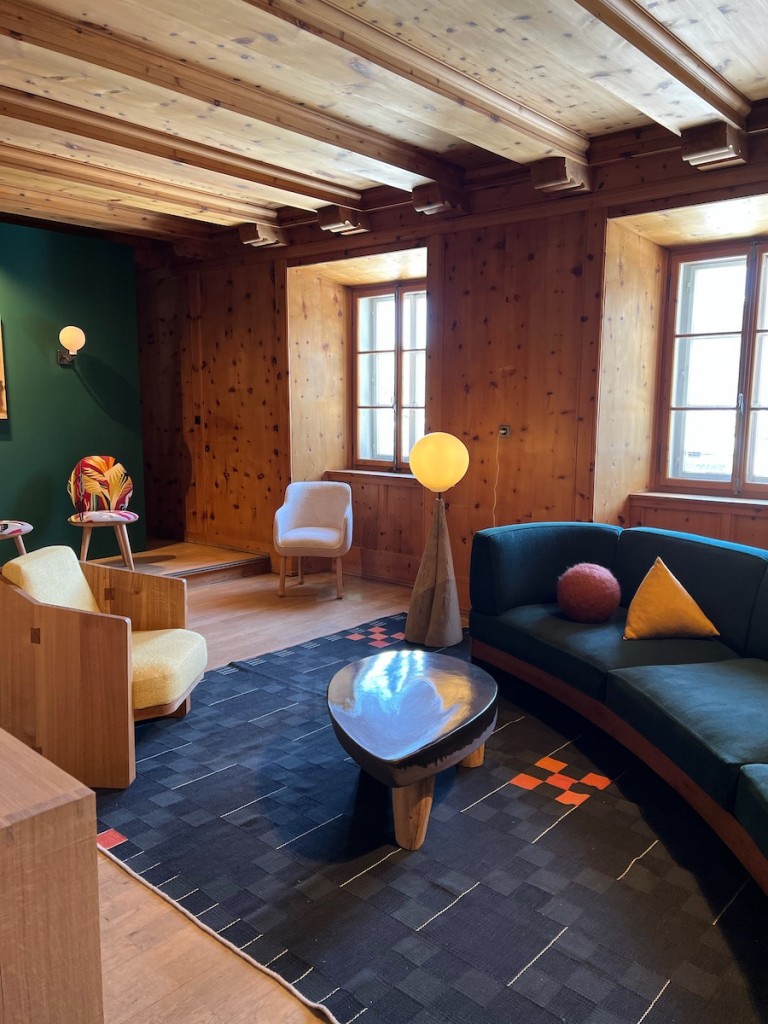
Art Fairs
Which art fairs do you frequent every year and why?
Art Basel Basel and Frieze London. They both have amazing programmes during the week filled with collection visits, studio visits, and early hours at the museums.
You mentioned destination art fairs earlier. Why do they attract you?
The characters and camaraderie: A fair like NOMAD is more intimate and special. One can see the work in a domestic setting, take time to meet experts and other collectors, and discuss the works at length. The exhibitors at NOMAD bring a special attention and effort to the room curation and provide context to showcase their works.
I love the whole NOMAD experience. It is like seeing PAD or Design Miami in a house setting. The setting is giving the collectible designs and art the space that they deserve to be exhibited in. The winter edition of NOMAD is housed at Chesa Planta, which has more than 400 years of history – a true icon of an Engadin patrician house.
And it has made me want an alpine home!
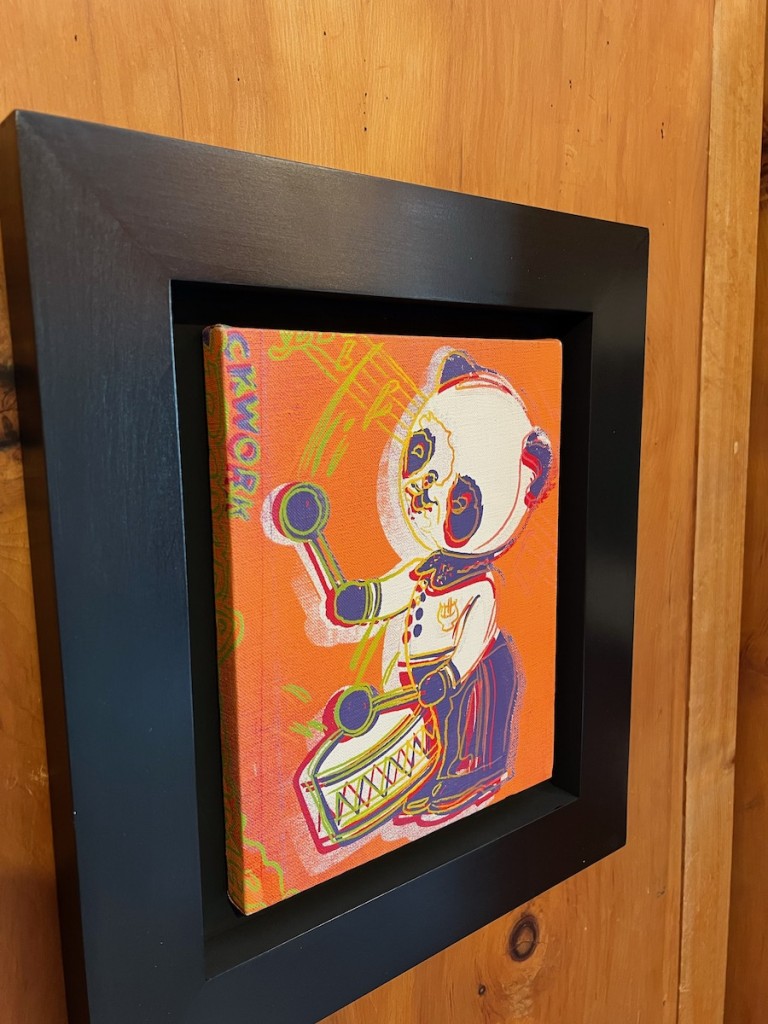
What were your favourite works at NOMAD this year?
I loved Andy Warhol’s “Panda Drummer” presented by Larkin Erdmann from Warhol’s “Paintings for Children” show at Galerie Bruno Bischofberger in 1983. Warhol designed an aquarium wallpaper for the show and hung the toy paintings at eye level for 3–4-year-old children (while the adults had to squat to see the paintings closely).
Who were some of your favourite designers or artists represented at NOMAD?
In particular, I liked Dimore Gallery and Mercado Moderno’s presentation at the fair. Dimore Gallery brought a stunning bench with drawers by Charlotte Perriand, a Snedkerier lounge chair by Poul Kjaerholm, and a pair of Luigi Caccia Dominioni LP01 armchair lamps from the 70s. MeMo brought a great pair of stools by Zanini de Zanine Caldas, a Mocho stool and a pair of Magrini stools by Sergio Rodrigues.
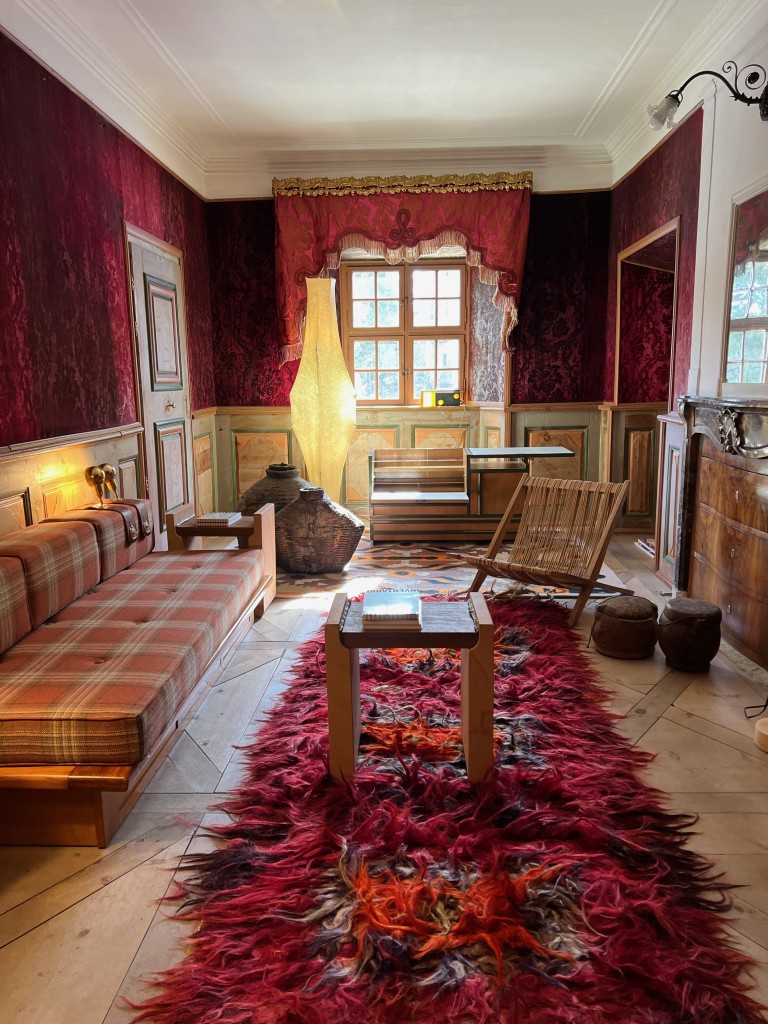
How important is architecture and nature to you in experiencing art?
The experience of seeing art and design in an architectural setting gives the viewer a better perspective in living with the pieces and understand their real aspect in day light.
What can you find at NOMAD that you can’t find anywhere else?
I guess the authentic touch of seeing designs in their natural habitat. Loro Piana Interiors presented their St Moritz edition where they use Cashfur, Sherpas cashmere fabric and Zelander merino wool to accessorise their Delight Chair. This presentation is unique to NOMAD winter edition.
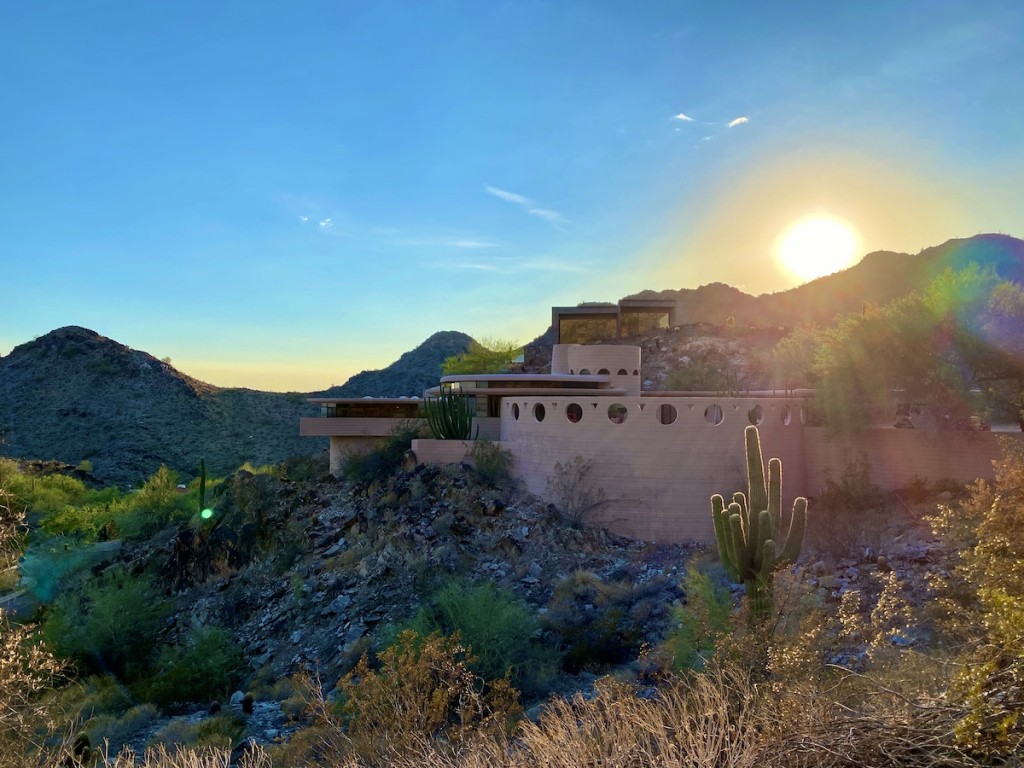
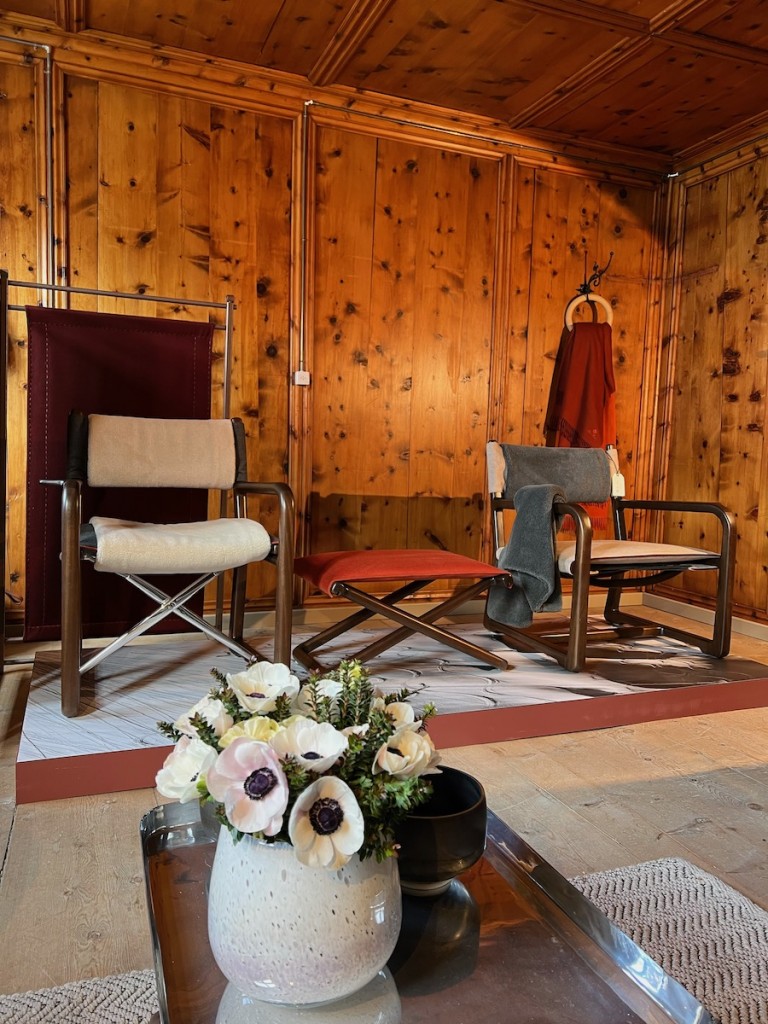
Instagram: @mondaytough
A selection of artists James collects:
Guglielmo Castelli
Mathew Cerletty
Maria Lassnig
Yu Nishimura
Ser Serpas
This interview was facilitated by NOMAD Design Fair.





